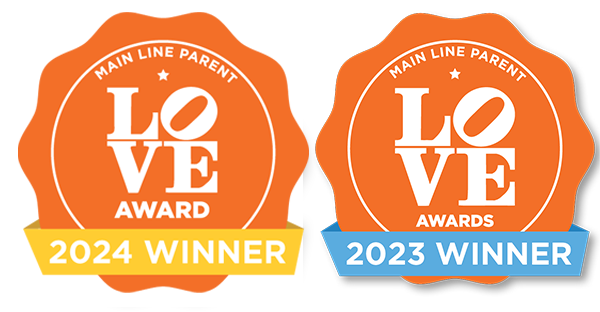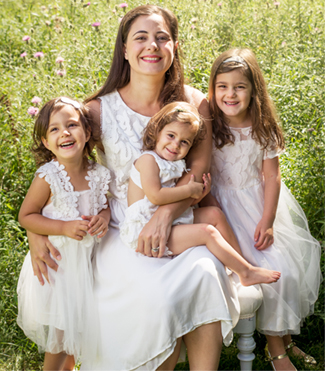One thing that is not negotiable is car seat safety. With all the types of car seats to choose from, it can become really overwhelming. Let’s explore the different options of car seats.
Infant-
An infant car seat is often the first car seat new parents buy. The biggest limitations are they are only designed for rear-facing and the weight limits are usually between 20 and 35 lbs. The limits can be found in the manufacturer’s manual and sometimes they are listed on the car seat itself.
A positive benefit to an infant car seat is that they are portable and click into a base which is secured to the car. This is a great feature which allows you to easily and quickly install the car seat in multiple cars with a smaller investment than buying two separate car seats. Being able to quickly click into a base can be helpful in loading your baby in the car seat when the weather is less than ideal too. Unfortunately, as your baby reaches the limits of the car seat, the combined weight of the baby and the seat will wreck havoc on your back and shoulders. They do sell stroller bases which the seats can also click onto as a strategy for alleviate this issue, but that is an added expense to consider.
***A good reminder that it is not safe to leave a baby sleeping in a car seat if it is not attached to the base.
Convertible-
Also known as infant- toddler car seat may be a good option for those looking to invest in one car seat over the long term. These seats are designed to hold your baby from infancy through their toddler years. They can be used while your child is rear-facing and can transition to a forward facing car seat. The great thing about these newer car seats are the weight limits are much higher. The typical seat can hold a child rear facing up to about 40 lbs, and forward facing until approximately 70lbs depending on the make and models. This biggest downside is this car seat is not easily portable and often leads to a purchase of two car seats for multi-car families.
Booster-
There are three different types of booster seats. Backless, high back or combination. They are designed for older kids who outgrew the height or weight requirement for the convertible car seat. Booster seats should be used from around 7-12 years of age or until the child can use a seatbelt properly. A 2009 study found there is no significant difference in safety between backless booster seats and high back booster seats. It stated that children between 4-8 were 45% less likely to be injured using a booster seat vs. the seat belt alone.
Regardless of your car seat of choice, we suggest having your car seat installation inspected by a local car seat safety technician. We have a list of those local to the South Eastern PA area.




Very nice post. I just stumbled upon your weblog and wanted to say that I’ve really enjoyed surfing around your blog posts. After all I抣l be subscribing to your rss feed and I hope you write again soon!